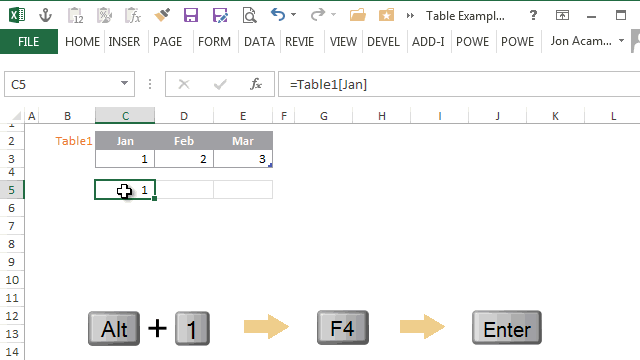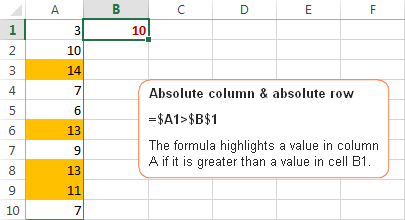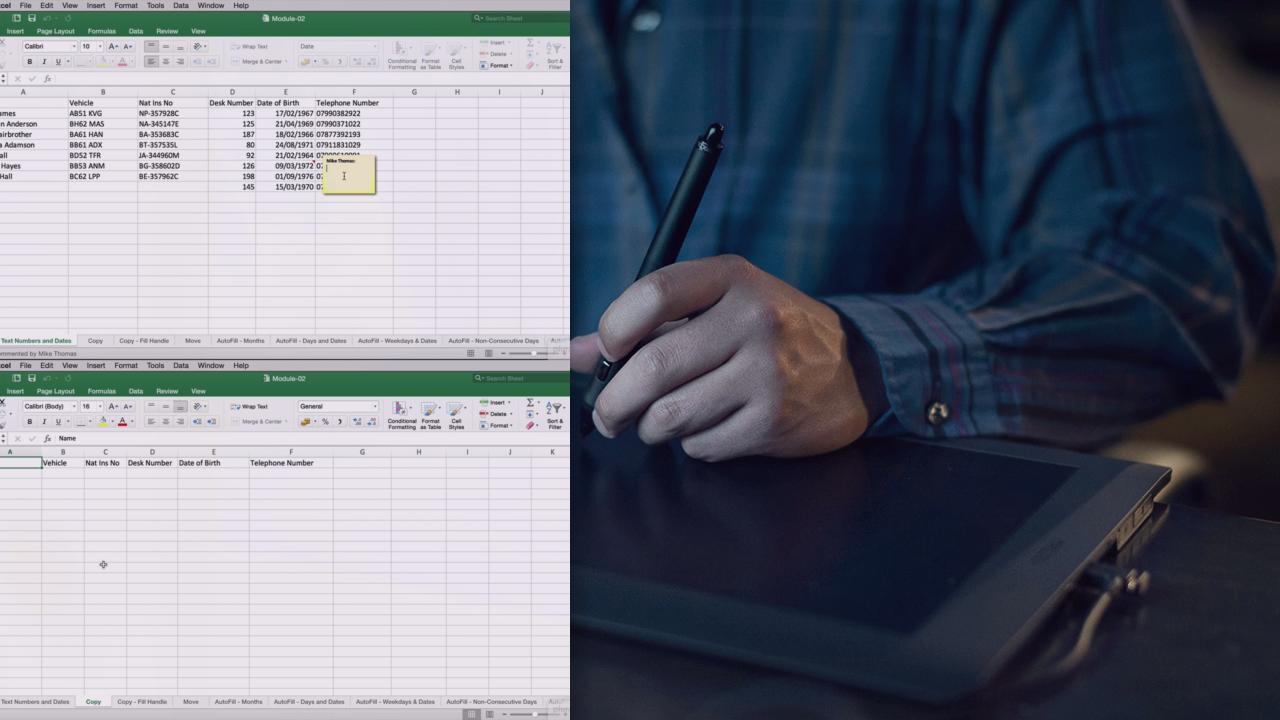
Attempt the quiz below to test your knowledge on Absolute references in Excel.ġ. This is the gist on Absolute Reference in Excel that you need to know.

So we add the ‘$’ symbol before either the row or column, whichever is absolute. As the name suggests, the cell reference can contain an absolute column and relative row or an absolute row and relative column i.e. NOTE: Apart from Relative and Absolute references, there is a third category called Mixed Reference. You will notice that the final cost is calculated by multiplying each product cost with a fixed tax rate. The screenshot below displays all the formulas entered on the Excel sheet. When you drag the formula to copy it to the rest of the cells, the cell E4 will be locked. Look at the demo depicted below for a better understanding of the same. To make the cell E4 an Absolute Reference, add the dollar symbol ($) before the column name and row number like $E$4. So, we need to fix this value, i.e., E4, by making it an Absolute Reference. You will notice that the Tax Rate Multiplier changes for every cost. Excel follows relative referencing by default. The screenshot attached below shows the formulas on our Excel sheet. To view the formulas added onto our Excel sheet, go to the Formulas tab → Show Formulas option and click on it. If you drag down the formula to the rest of the cells in Column C, it results in error values. This formula works only for the cell to which it is added.

In this example, we use the formula = B2*E4.

To fix the range instead of a single cell, follow the syntax stated below:įirst, let’s look at a simple example where the final cost is calculated by multiplying each product cost with a tax rate multiplier. This is done by appending a dollar sign '$' before the row and column. We are fixing the cell B1 as an absolute reference. The syntax mentioned below helps you create an Absolute Cell Reference in Excel: NOTE: In Excel 2013, the tab name has changed to “Analyze”, instead of “Options”.How to Create an Absolute Cell Reference? To see the steps for changing the Generate GetPivotData setting in Excel, please watch this short video tutorial. Click the Generate GetPivotData command, to turn the feature off or on.In the PivotTable group, click the drop down arrow for Options.NOTE: In Excel 2013, click the Analyze tab On the Ribbon, under PivotTable Tools, click the Options tab.However, if you just want to create simple links to values in a pivot table, you can turn off this feature. There are GETPIVOTDATA examples on my Contextures web site, that show some of the ways you can tweak the formula, and take advantage of its power. It’s very fast and efficient, and you can make a few changes to the default formula, to make it flexible. The GETPIVOTDATA function is a great tool, for pulling specific data from a pivot table. When the formula is copied down to the Snacks row, it still refers to the Bars category, and does not give the result that you want in that row. In the screen shot below, the formula was created in the row with the Bars category.

The default GETPIVOTDATA formula acts like an absolute reference – if you copy the formula down the column, it keeps referring to the same cell. That created a GETPIVOTDATA formula, instead of a simple reference to cell C4. For example, in the screen shot below, I typed an equal sign in cell E4, then clicked on cell C4, which has the quantity for the Bars category. Last week, I did a Pivot Table presentation, and someone asked why you get an absolute reference, if you try to link to a pivot table cell.


 0 kommentar(er)
0 kommentar(er)
